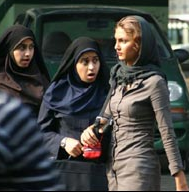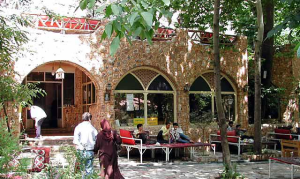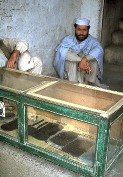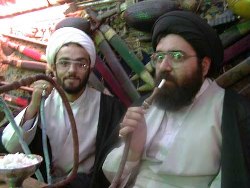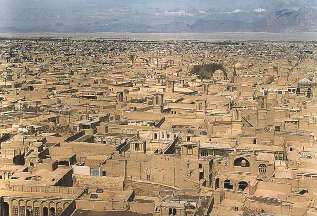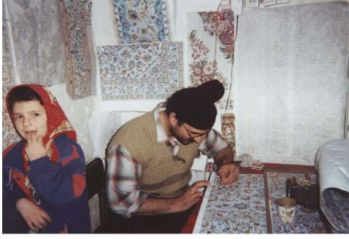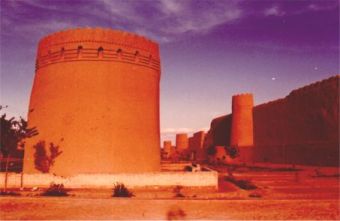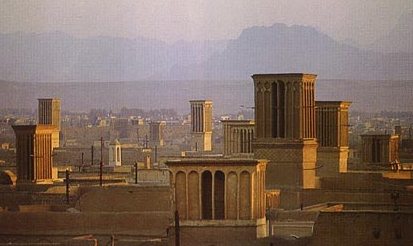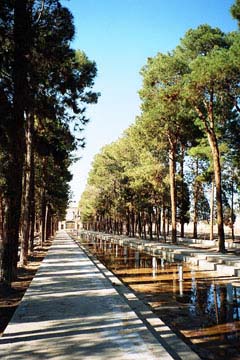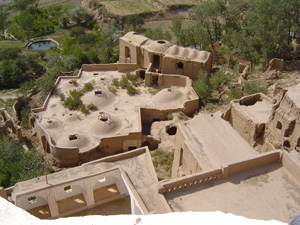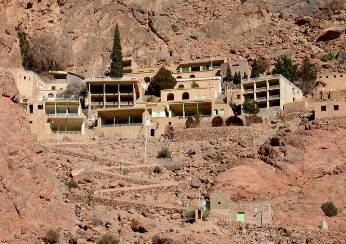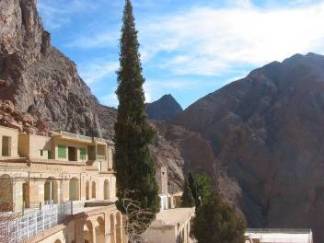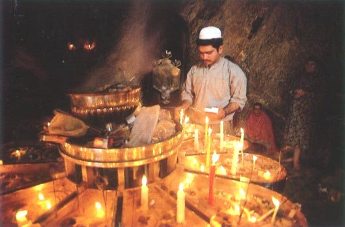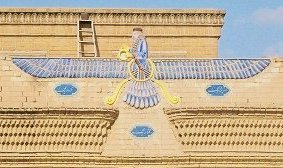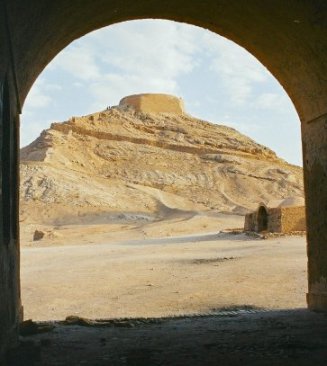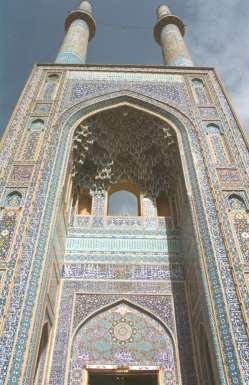
It is 2:15 pm local time. The sun is beating down mercilessly. Must be close to 30 degrees C. The light is so bright, almost blinding. I took refuge in the shade of an Internet cafe to the side of the main Mosque. I will explore the Old City in the coolness of late afternoon...
After eight days being here in Iran, I am beginning to think back and reflect upon the many facets of Iranian life. It is a fascinating place. I am constantly challenged here. It is one of the rare countries where I have already decided that I would like to return... to explore in more depth, the next time off the beaten track.
There is no doubt that all aspects of everyday life are dictated by religion here. Most Iranians are Shiite Muslims. They pray three times
|
a day, do a "hadj" (pilgrimage) to Mecca at least once in their lives,
give to the poor and strive toward having "clean" speech and a "clean" heart.
Hossein in Tehran was explaining to me that many of the precepts in vigor here do not come from the Koran but from the writings of the Ayatollah. |
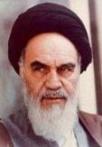 |



